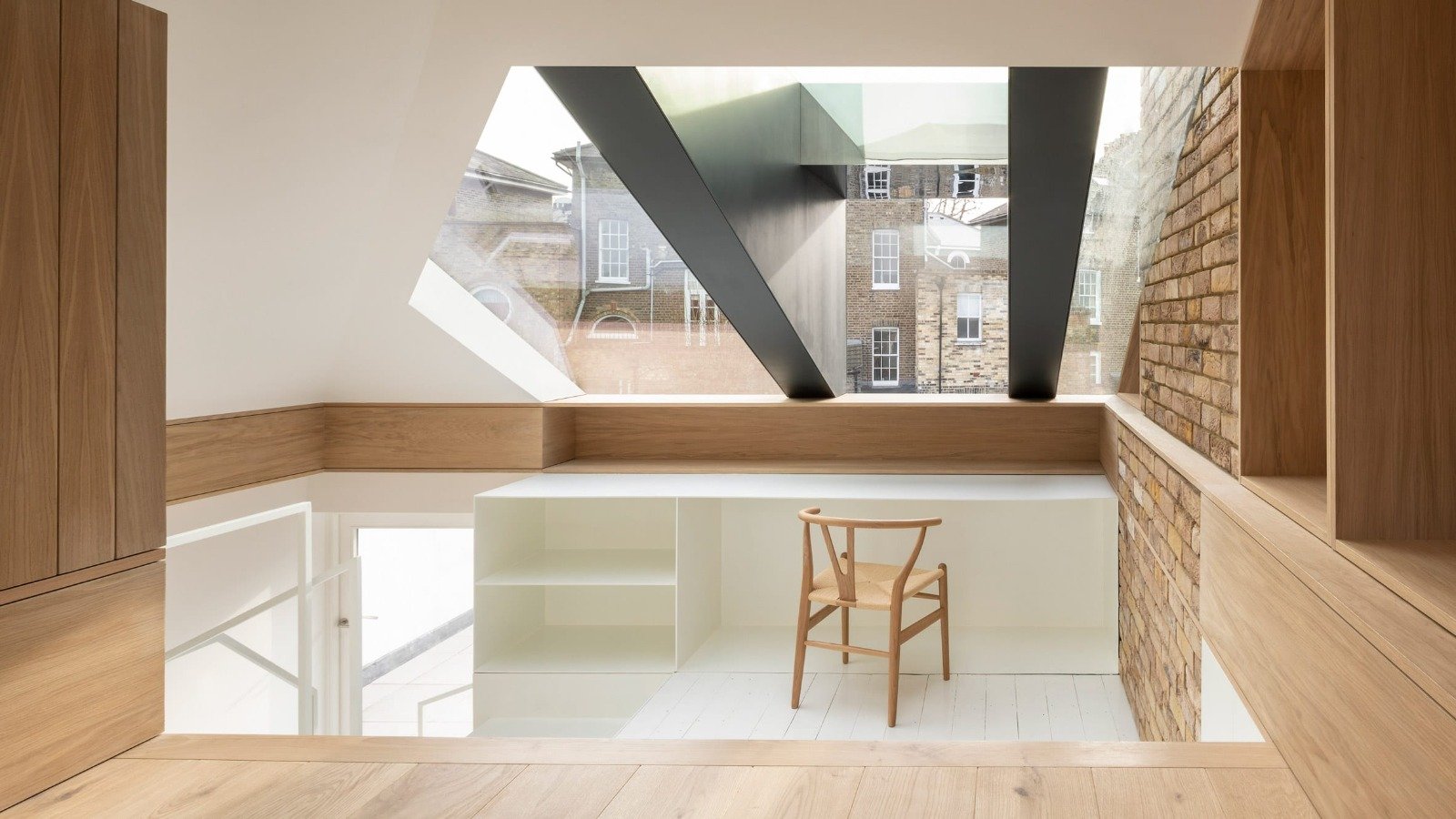London residents now blend its historical architectural heritage with contemporary construction features while seeking home expansion projects that maintain design excellence. A loft conversion represents among the most effective methods to reach this goal. When homeowners hire experienced London-based architects they can convert their unused attic areas into purposeful and elegant spacious expansions which bring enhanced natural lighting. London’s leading architects help clients transform their properties by turning attics into highly useful spaces while simultaneously raising property value regardless of project type.
Transform Your Loft with Expert London Architects
The residential market in London extensively uses dormer loft conversion as homeowners look for greater dwelling space without relocating. London architects help you to transform your loft into a special addition of both style and utility for your home.
Innovative planning combined with spacious design represents the foundation for building a successful loft conversion. Architects who practice in London specialise in creating innovative solutions because they comprehend the unique challenges of compact urban properties which include building regulations along with space challenges. Their knowledge reaches beyond style since they maximize long-term comfort by perfecting structural elements and heat retention and ventilation systems and indoor illumination.
Smart Loft Conversions: Maximizing Space & Light
The primary worry of residential home owners about loft conversions focuses on creating bright and expansive living areas instead of enclosed spaces with limited visibility. The smart approach to loft design includes creative architectural features which create both more space and brighter natural illumination.
The popular lighting solutions which bring in natural light while enhancing an open atmosphere include Velux windows and dormer windows and skylights. Space appears more expansive through the placement of proper mirrors alongside light-toned materials. Builders who specialise in loft conversions provide creative approaches to storage design which includes integrated wardrobes and storage under eaves and multi-use furniture for utilising every available space.
Architects in london resolve homeowner concerns about sloping ceilings by designing enclosed pieces and made-to-order furniture which fits awkward spaces perfectly. Modern loft conversion design teams work to improve ceiling heights by properly placing staircases that combine functionality with visual attractiveness. Proper planning enables Loft owners to convert their spaces into large functional areas with increased brightness.
Modern Loft Design Ideas for London Homes
The London real estate market consists of Victorian terraces next to modern townhouses that offer potential for loft conversions. Modern loft designs mix contemporary preferences with original residential harmony when creating new spaces in residential areas.
The most remarkable recent trends in modern loft architecture include the following:
Industrial chic finish by exposing brick walls and framing windows with steel while using minimalist design elements which produce an energetic urban space.
Nordic-inspired design consisting of white painted walls and wooden floors together with minimalistic framework allows this space to appear fresh and airy.
Boutique hotel aesthetics combine opulent materials and dramatic illumination and crafted furniture pieces to build an elegant upscale spa-like design.
All architectural projects in London require architects to collaborate with homeowners for developing custom designs that match both purpose and visual impact. This includes every residential detail from lights to floors.
Key Considerations for a Loft Extension in London
Loft conversions are a fantastic way to expand homes while increasing their market value yet designers need to approach them with detailed planning. London architects direct property owners through important decisions to maintain smooth and effective loft conversion projects.
Planning Permission & Regulations
The majority of loft conversions gain status under permitted development rights which enables planning permission exemptions. The procedure of obtaining approval from authorities becomes necessary when significant roof structure modifications occur particularly in areas designated as conservation zones. With their expertise architects handle official rules so homeowners can obtain necessary papers for an easy application process.
Structural Feasibility
The first step for starting a loft conversion requires evaluating if the existing infrastructure has the capacity to handle extra weight load. Architects together with structural engineers verify that new extensions in loft spaces will be structurally stable across roofs, floors and walls.
Accessibility & Staircase Design
Constructing a loft staircase creates notable difficulties because London homes often have limited space. Professionals who practice architecture create steps which function effectively and appealingly while maximising available space for seamless movement to elevated floors.
How London Architects Enhance Lofts for Functionality & Style
The exceptional architects operating in London work to optimise both functionality and appearance when developing loft conversions. Their designs harmonise function with design thus developing seamless extensions that avoid appearing as standalone additions.
Smart home technology implementation enables loft residents to have better convenience and energy efficiency in their homes. Building owners who purchase automated lighting systems and underfloor heating as well as climate control features to adjust their loft environment with ease.
The available materials allow architects to blend with existing buildings while they insert contemporary design elements for a modern appearance. How well the finished project matches existing and new building elements depends on the level of attention to detail in selecting materials for traditional and contemporary features.


